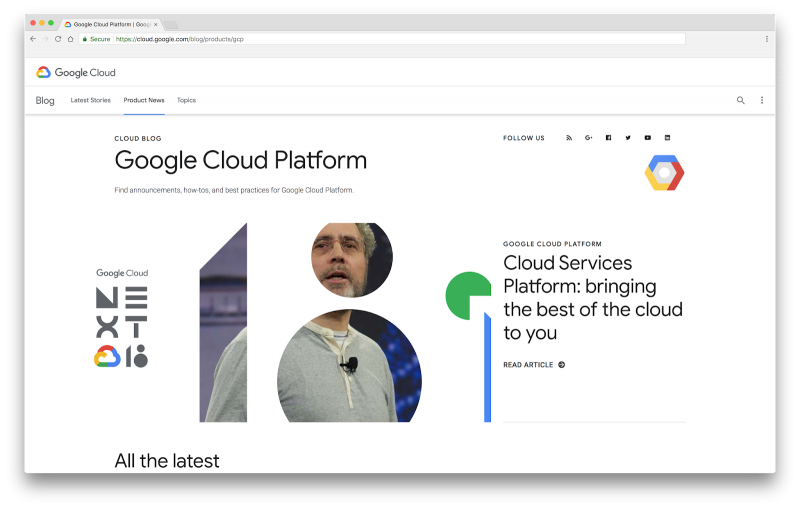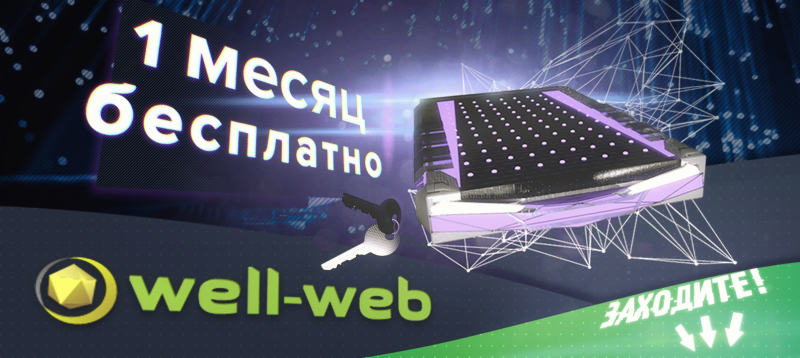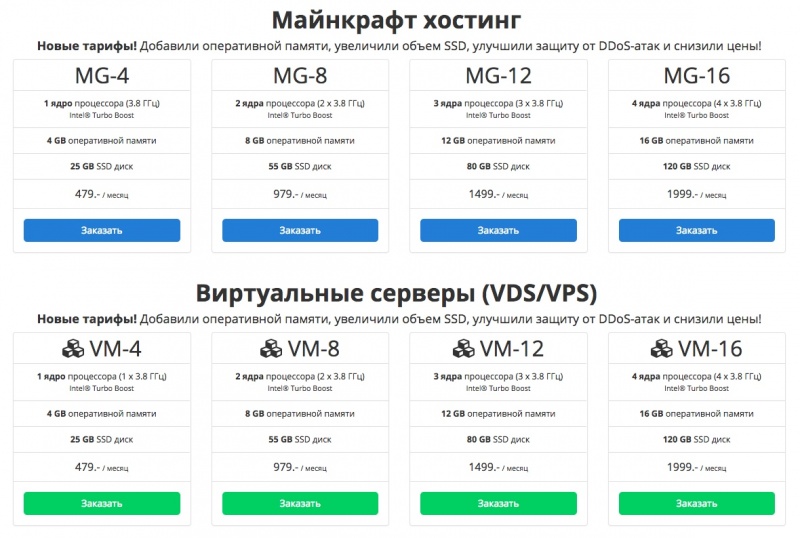Обзор разрешения ваших пользователей GCP, чтобы просмотреть затраты по отдельным проектам
Мы пишем, чтобы вы знали, что новое облако Billing billing.resourceCosts.get Identity Management Access (IAM) разрешение вступает в силу 20 августа 2018 года.
Что мне нужно знать?
Мы слышали от многих клиентов, что они хотели бы более точный контроль над тем, что данные о расходах могут видеть своих пользователей. Для решения этой обратной связи, мы добавляем новое разрешение IAM Cloud Billing, billing.resourceCosts.get, что позволяет предоставлять конкретный проект доступа к данным о расходах, как отчеты счетов. Все существующие владельцы проекта и зрители получат это новое разрешение проекта. Ранее единственный вариант видимости с помощью разрешения на расчетный счете, который дал пользователям доступ ко всем расходам по биллинговому счету проекта. Начиная с 20 августа 2018, пользователь должен иметь либо платежный счет разрешения billing.accounts.getSpendingInformation или разрешение billing.resourceCosts.get проекта для того, чтобы просмотреть стоимость проекта в консоли (в том числе платежных карт на домашней странице консоли).
Что мне нужно сделать?
Если вы хотите, чтобы пользователи имели доступ к данным о расходах, они должны иметь либо зритель проекта, владелец проекта или пользовательскую роль с разрешением billing.resourceCosts.get. Если вы хотите, чтобы ограничить видимость, сохраняя при этом одни и те же права доступа, вы можете создать пользовательскую IAM роль. Пожалуйста, ознакомьтесь, что видимость необходимо и предоставить каждому пользователю правильной IAM роль до 20 августа, чтобы сохранить видимость стоимости проекта для правильных пользователей.
Вы должны быть администратором организации, владелец проекта, или администратор роль в управлении пользовательских ролей.
Чтобы узнать больше о том, как работать с учетными записями ролей и разрешений, обзор IAM документации.
Если у вас есть какие — либо вопросы или нужна помощь, пожалуйста, свяжитесь с Платежной поддержкой Google Cloud.
Спасибо за то, что ценится Google Cloud Platform клиент.
Что мне нужно знать?
Мы слышали от многих клиентов, что они хотели бы более точный контроль над тем, что данные о расходах могут видеть своих пользователей. Для решения этой обратной связи, мы добавляем новое разрешение IAM Cloud Billing, billing.resourceCosts.get, что позволяет предоставлять конкретный проект доступа к данным о расходах, как отчеты счетов. Все существующие владельцы проекта и зрители получат это новое разрешение проекта. Ранее единственный вариант видимости с помощью разрешения на расчетный счете, который дал пользователям доступ ко всем расходам по биллинговому счету проекта. Начиная с 20 августа 2018, пользователь должен иметь либо платежный счет разрешения billing.accounts.getSpendingInformation или разрешение billing.resourceCosts.get проекта для того, чтобы просмотреть стоимость проекта в консоли (в том числе платежных карт на домашней странице консоли).
Что мне нужно сделать?
Если вы хотите, чтобы пользователи имели доступ к данным о расходах, они должны иметь либо зритель проекта, владелец проекта или пользовательскую роль с разрешением billing.resourceCosts.get. Если вы хотите, чтобы ограничить видимость, сохраняя при этом одни и те же права доступа, вы можете создать пользовательскую IAM роль. Пожалуйста, ознакомьтесь, что видимость необходимо и предоставить каждому пользователю правильной IAM роль до 20 августа, чтобы сохранить видимость стоимости проекта для правильных пользователей.
Вы должны быть администратором организации, владелец проекта, или администратор роль в управлении пользовательских ролей.
Чтобы узнать больше о том, как работать с учетными записями ролей и разрешений, обзор IAM документации.
Если у вас есть какие — либо вопросы или нужна помощь, пожалуйста, свяжитесь с Платежной поддержкой Google Cloud.
Спасибо за то, что ценится Google Cloud Platform клиент.







